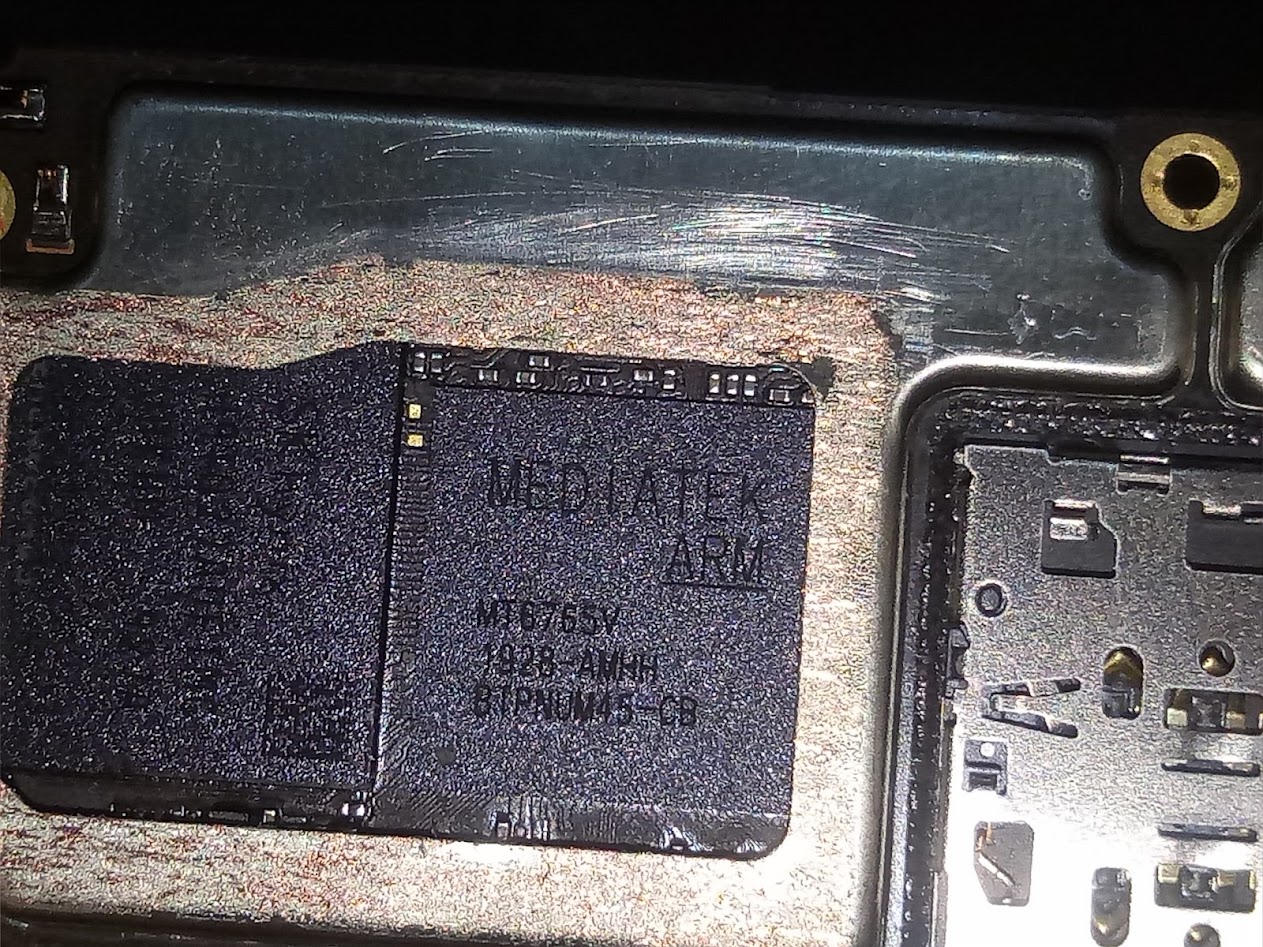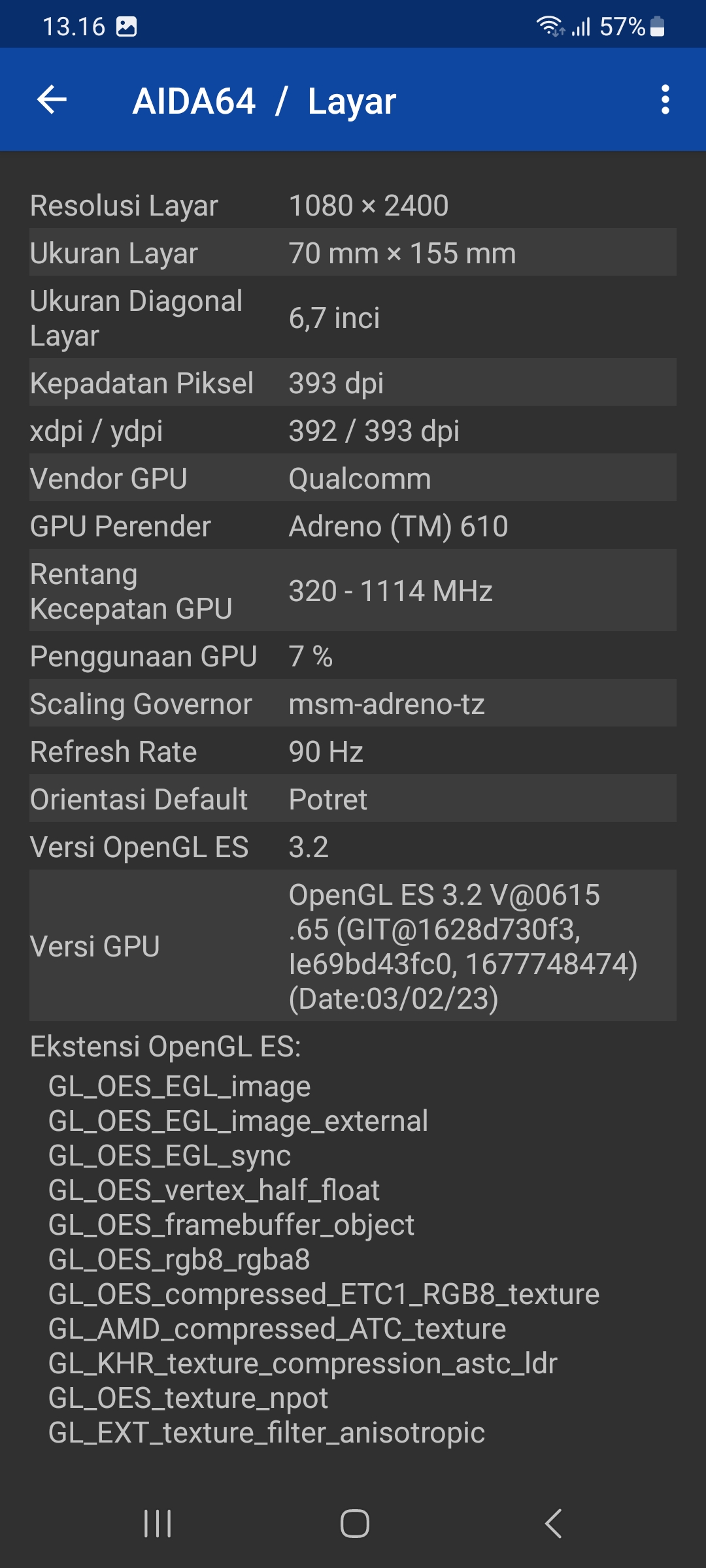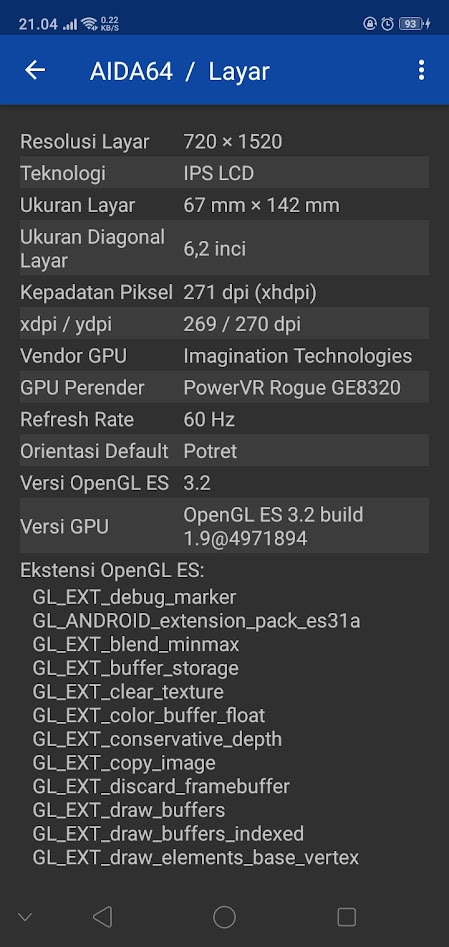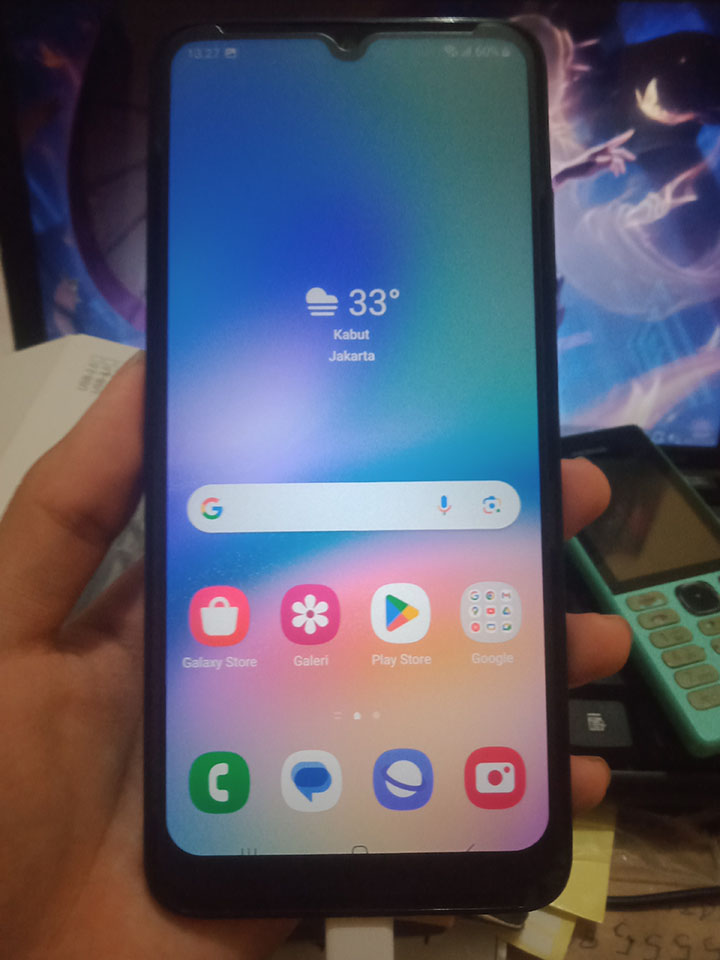Comparing: IMG PowerVR Rogue GE8320 680MHz vs Qualcomm Adreno 610
In this comparison, we analyze two Videocards: IMG PowerVR Rogue GE8320 680MHz and Qualcomm Adreno 610, using synthetic benchmark tests to evaluate their overall performance. This side-by-side comparison helps users understand which hardware delivers better value, speed, and efficiency based on standardized testing. Whether you're building a new system or upgrading an existing one, this benchmark-driven evaluation offers valuable insights to guide your decision.

IMG PowerVR Rogue GE8320 680MHz
| Type: | Videocards |
|---|---|
| Brand: | Imagination |
| Model: | PowerVR GE8320 680MHz |
Specification Comparison Table
This specification comparison presents technical details of several devices or components to help you understand the key differences between each option. Use this table as a reference to determine which device best suits your needs.
| Specification | IMG PowerVR Rogue GE8320 680MHz | Qualcomm Adreno 610 |
|---|---|---|
| Architecture | PowerVR Series8XE | Adreno 600 |
| Codename | - | - |
| Buswidth | - | - |
| Clock | 400 MHz - 680 MHz | 1.1 GHz - - |
| Memory Clock | - | SHARED |
| Technology | 20 nm | 11 nm |
| Interface | IGP | IGP |
| Technology | 20 nm | 11 nm |
| Segment | Mobile | Mobile |
Submission Comparison Table
This submission comparison table displays the number and details of benchmark data submissions from various devices or components. This information helps you understand the performance based on the benchmarks that have been tested, as well as providing an overview of the consistency and popularity of the available benchmark results.
| No. | Benchmark Software | IMG PowerVR Rogue GE8320 680MHz | Qualcomm Adreno 610 |
|---|---|---|---|
| 1 | 3DMark - Ice Storm Unlimited |
11663 marks |
26970 marks |
| 2 | 3DMark - Sling Shot |
780 marks |
2264 marks |
| 3 | 3DMark - Sling Shot Extreme |
404 marks |
1484 marks |
| 4 | 3DMark - Sling Shot Unlimited |
757 marks |
2293 marks |
| 5 | Geekbench4 - Compute |
3284 marks |
5037 points |
| 6 | GFXBench (Aztec Ruins) - VULKAN |
3.8 FPS |
5 FPS |
| 7 | GFXBench (Aztec Ruins) - OpenGL |
4.8 FPS |
5 FPS |
| 8 | PassMark - PerformanceTest (2D Mark) |
11881 points |
14280 marks |
| 9 | PassMark - PerformanceTest (3D Mark) |
3232 points |
18898 marks |
| 10 | AnTuTu Benchmark v9 (Mobile) - GPU |
12248 marks |
51397 marks |
Submission Comparison Chart
This chart visualizes the benchmark scores comparison between two hardware devices based on submitted data.
Media Gallery
A collection of photos of tested hardware. These images can help you identify the physical form, model, and variant of the hardware in question. These photos are from our own documentation, and if they are not available we may not be able to document them.
About Hardware IMG PowerVR Rogue GE8320 680MHz
The PowerVR GE8320 is Imagination Technologies' Rogue architecture-based integrated GPU embedded in the MediaTek Helio P35 (MT6765) SoC. The GPU comes with two shader clusters and runs at a frequency of up to 680 MHz, delivering good power efficiency and sufficient performance for lightweight graphics needs in entry-level smartphones.
With support for modern graphics APIs such as OpenGL ES 3.2, Vulkan 1.0, and OpenCL 1.2, the PowerVR GE8320 is capable of running a variety of multimedia applications and light games on Android devices. While not ideal for intensive 3D games or professional graphics applications, this GPU still provides a smooth user experience in everyday activities such as video playback, social media, browsing, and light multitasking.
This GPU is used in entry-level devices like the OPPO A5s and OPPO A15s, which feature 3/32GB and 4/64GB RAM and storage configurations, respectively. In a 30°C ambient temperature test using a DHT11 sensor, devices with this GPU showed fairly stable thermal performance. Using the OPPO A15s is more recommended for testing and using the latest apps due to its higher operating system support (Android 10), while some apps no longer support Android 8.
The PowerVR GE8320 GPU demonstrates competitive performance in a series of synthetic tests. In the 3DMark Ice Storm benchmark, this GPU achieved a score of 10,470 points, indicating its ability to handle light to medium graphics. In the 3DMark Sling Shot Extreme benchmark, the PowerVR GE8320 scored 404 points, reflecting its limits in handling heavy graphics processing based on OpenGL ES 3.1. Meanwhile, in the AnTuTu v9 GPU-specific benchmark, it recorded a score of 12,248 points, positioning it as an efficient entry-level graphics solution for everyday needs. Finally, in Geekbench 4 Compute, the GPU achieved a score of 3,284 points, demonstrating sufficient computational performance to run applications with basic graphics acceleration. Overall, the PowerVR GE8320 is suitable for use in mid-to-low-end mobile devices with moderate graphics requirements.
These benchmark results show that the PowerVR GE8320 is capable of handling basic graphics quite well, but it is not intended for heavy graphics workloads. This GPU is ideal for use in devices with HD screen resolutions that are focused on battery efficiency and a smooth daily usage experience.
Hardware Detail:
Device: OPPO A5s & OPPO A15s.
Device Specs: MediaTek MT6765, 3/32 (A5s), 4/64 (A15s), Android 8 (A5s), Android 10 (A15s).
Room Temperature: 30°C based on DHT11 Sensors.
* I use the OPPO A15s device as an addition to the Imagination PowerVR Rogue GE8320 680MHz hardware, because some applications do not support devices with Android 8 version
Sunday, 08 September 2019 11:02:46 | Update: 5 days ago
About Hardware Qualcomm Adreno 610
Qualcomm Adreno 610 is a mid-range integrated GPU designed to provide an efficient graphics experience on a wide range of Android devices. The GPU is part of Qualcomm's 6th generation graphics architecture family and is commonly found on chipsets such as Snapdragon 665 and Snapdragon 680, which are widely used in mid-range smartphones. With full support for modern graphics APIs such as OpenGL ES 3.2, Vulkan 1.1, and DirectX 12, Adreno 610 offers good compatibility with the latest Android games and apps, ensuring users can enjoy visual content smoothly and responsively.
In terms of graphics performance, Adreno 610 is designed to support gaming experiences up to Full HD 1080p resolution, providing stable frame rates in light to medium games. While graphics-heavy games may require adjustments to low or medium settings, the Adreno 610 is still capable of running most popular titles quite well. Benchmark testing using a Samsung Galaxy A05s device sporting a Snapdragon 680, 6GB RAM, and 128GB UFS storage showed a score of 40,326 points in AnTuTu v10 GPU and 51,397 points in AnTuTu v9 GPU, illustrating decent graphics performance in its class.
In addition, the score of 348 points on Geekbench 6 Compute reflects the GPU's capability in handling light graphics computing and AI tasks such as image processing, augmented reality (AR), and UI optimization. In the 3DMark Sling Shot Extreme benchmark, the Adreno 610 registered 1,484 points, showing solid performance in OpenGL ES 3.1-based graphics processing. The GPU also supports hardware-based video decoding for efficient codecs such as HEVC (H.265) and VP9, allowing users to enjoy high-quality video with low power consumption - ideal for streaming or watching long videos.
With a balance between power efficiency, support for the latest graphics technology, and performance that is capable enough for daily needs, Qualcomm Adreno 610 is the perfect GPU solution for mid-range smartphones that prioritize battery life, casual gaming experience, and smooth multimedia. For users looking for stable performance without sacrificing energy efficiency, Adreno 610 is still a relevant and competitive choice this year.
Device Test:
Device: Samsung A05s
Device Specs: Snapdragon 680, 6GB RAM, 128GB UFS, Android 13.
Room Temperature: 30 celcius based on DHT11 Sensors
* Testing was carried out when the device was in new condition, with the latest operating system update, One UI 5.1, default settings
Thursday, 11 January 2024 23:34:40 | Update: 1 month ago




